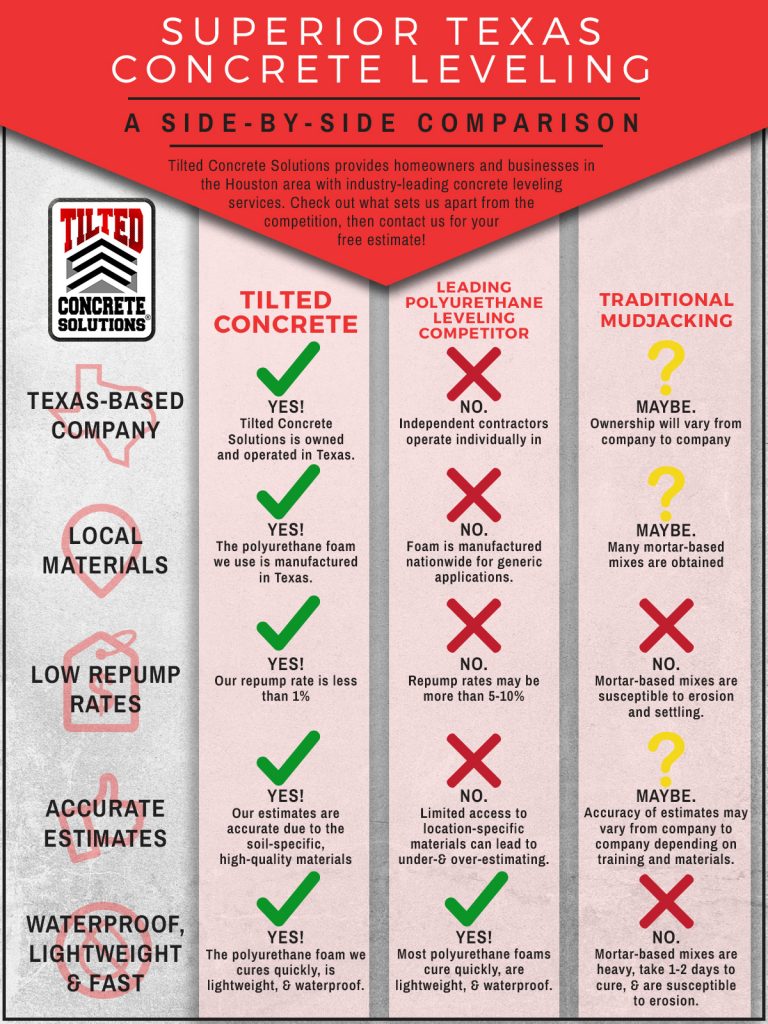Discover Just How Seasonal Impacts Can Influence The Effectiveness Of Industrial External Painting And Figure Out One Of The Most Desirable Times To Make Sure Long Lasting Results For Your Task
Discover Just How Seasonal Impacts Can Influence The Effectiveness Of Industrial External Painting And Figure Out One Of The Most Desirable Times To Make Sure Long Lasting Results For Your Task
Blog Article
Author-Fox Celik
When you're preparing an industrial exterior paint project, seasonal factors can make or break your outcomes. You'll wish to consider how temperature level and humidity influence paint application and drying times. Picking the right period can guarantee your paint sticks effectively and lasts much longer. Yet which periods are truly the very best for this type of job? Allow's explore the crucial elements that can affect your project's success.
The Impact of Temperature on Paint Application
When you're planning a commercial exterior paint project, the temperature level can considerably affect how well the paint adheres and dries.
Preferably, you wish to paint when temperatures vary between 50 ° F and 85 ° F. If it's also chilly, the paint might not treat properly, leading to issues like peeling off or breaking.
On the other hand, if it's also warm, the paint can dry out also rapidly, avoiding correct attachment and resulting in an unequal surface.
You need to also think about the time of day; morning or late afternoon provides cooler temperature levels, which can be more desirable.
Always examine you can find out more for the details paint you're making use of, as they typically offer support on the suitable temperature level range for optimum results.
Moisture and Its Impact on Drying Times
Temperature isn't the only environmental variable that affects your industrial outside paint job; moisture plays a significant role also. High moisture levels can slow down drying out times drastically, impacting the general top quality of your paint work.
When the air is saturated with moisture, the paint takes longer to treat, which can bring about issues like poor adhesion and a higher threat of mildew growth. If more info on an especially damp day, be prepared for prolonged wait times in between layers.
It's important to keep track of local weather and strategy accordingly. Preferably, aim for moisture degrees between 40% and 70% for ideal drying.
Maintaining these factors in mind ensures your task stays on track and provides an enduring coating.
Best Seasons for Commercial Exterior Paint Projects
What's the best time of year for your industrial outside painting jobs?
Springtime and very early fall are commonly your best options. Throughout these periods, temperatures are light, and humidity degrees are typically lower, creating ideal problems for paint application and drying out.
Prevent summertime's intense heat, which can create paint to completely dry also swiftly, causing poor attachment and finish. In a similar way, winter's cold temperature levels can impede appropriate drying out and treating, taking the chance of the longevity of your paint work.
Go for days with temperature levels in between 50 ° F and 85 ° F for ideal results. Bear in mind to examine the neighborhood weather report for rainfall, as wet problems can wreck your project.
Preparation around these aspects guarantees your paint project runs efficiently and lasts longer.
Final thought
In conclusion, intending your industrial external painting jobs around seasonal considerations can make a substantial difference in the outcome. By organizing work during the ideal temperatures and humidity levels, you'll make certain better bond and drying times. Remember to watch on local weather forecasts and pick the right time of year-- springtime and early loss are your best options. Taking these actions will help you accomplish a sturdy and specialist coating that lasts.
